GWAS
Recent articles
Sequencing study spotlights tight web of genes tied to autism
The findings, shared in a preprint, help to illuminate how a large and heterogeneous group of genes could be involved in autism.
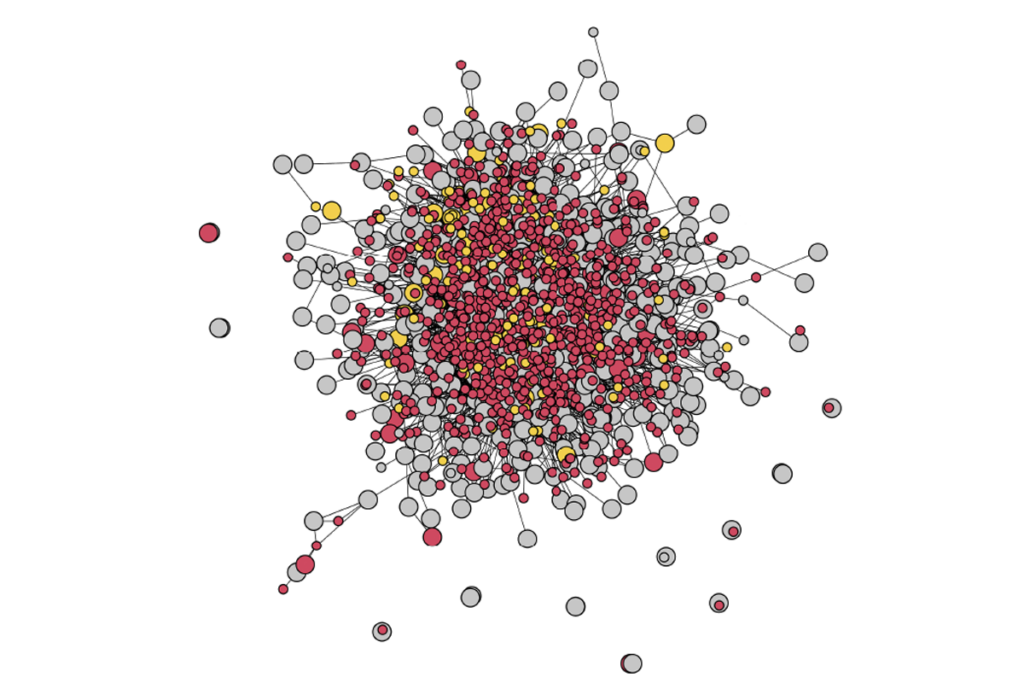
Sequencing study spotlights tight web of genes tied to autism
The findings, shared in a preprint, help to illuminate how a large and heterogeneous group of genes could be involved in autism.
New catalog charts familial ties from autism to 90 other conditions
The research tool reveals associations stretching across three generations.

New catalog charts familial ties from autism to 90 other conditions
The research tool reveals associations stretching across three generations.
Breaking down the winner’s curse: Lessons from brain-wide association studies
We found an issue with a specific type of brain imaging study and tried to share it with the field. Then the backlash began.
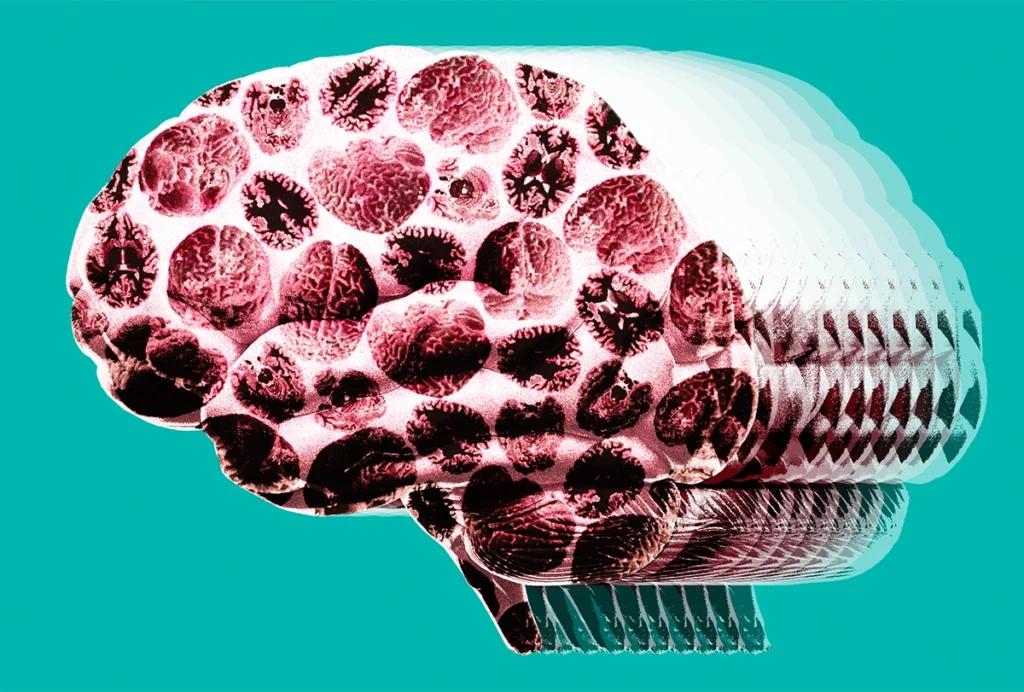
Breaking down the winner’s curse: Lessons from brain-wide association studies
We found an issue with a specific type of brain imaging study and tried to share it with the field. Then the backlash began.
Common genetic variants shape the structure of the cortex
A genome-wide association study lays a foundation for deeper investigation of these variants in neurodevelopmental conditions.
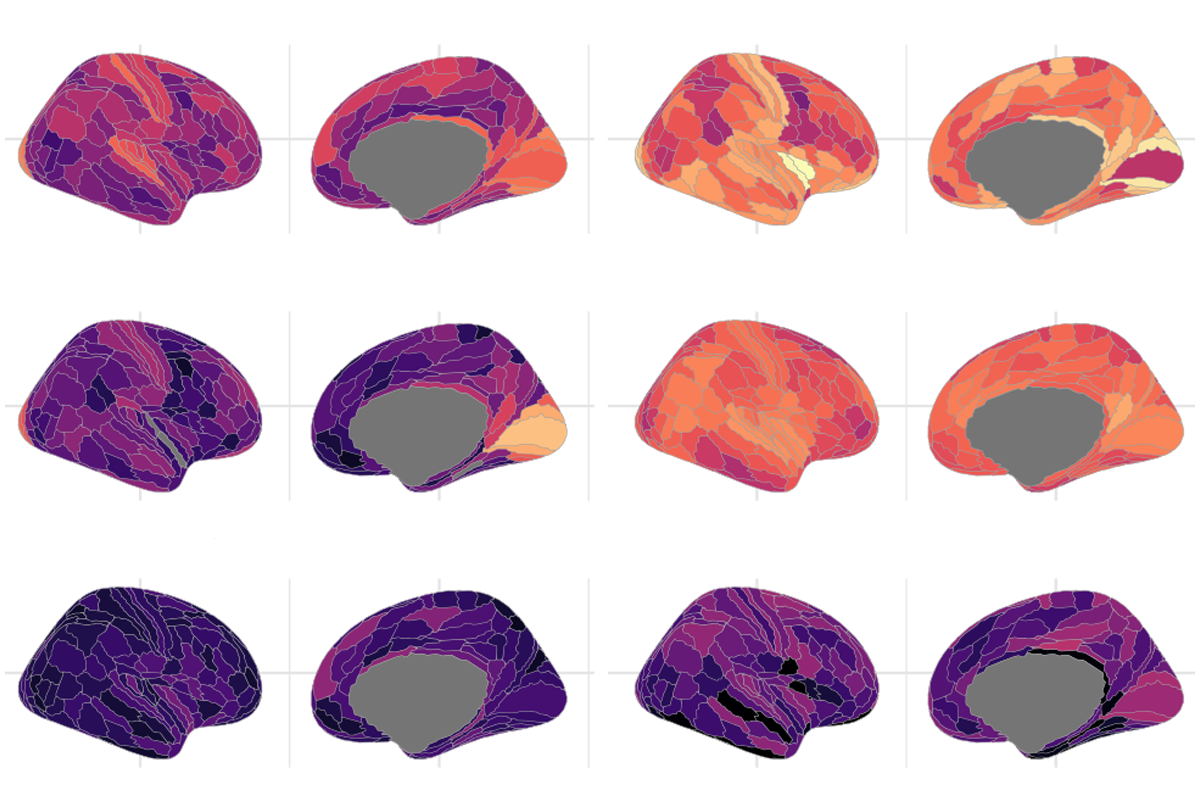
Common genetic variants shape the structure of the cortex
A genome-wide association study lays a foundation for deeper investigation of these variants in neurodevelopmental conditions.
Atlas of gene activity in prenatal brain holds clues to autism
Genes exert their strongest influence on the brain in the first half of gestation — a key window for autism and other neurodevelopmental conditions.
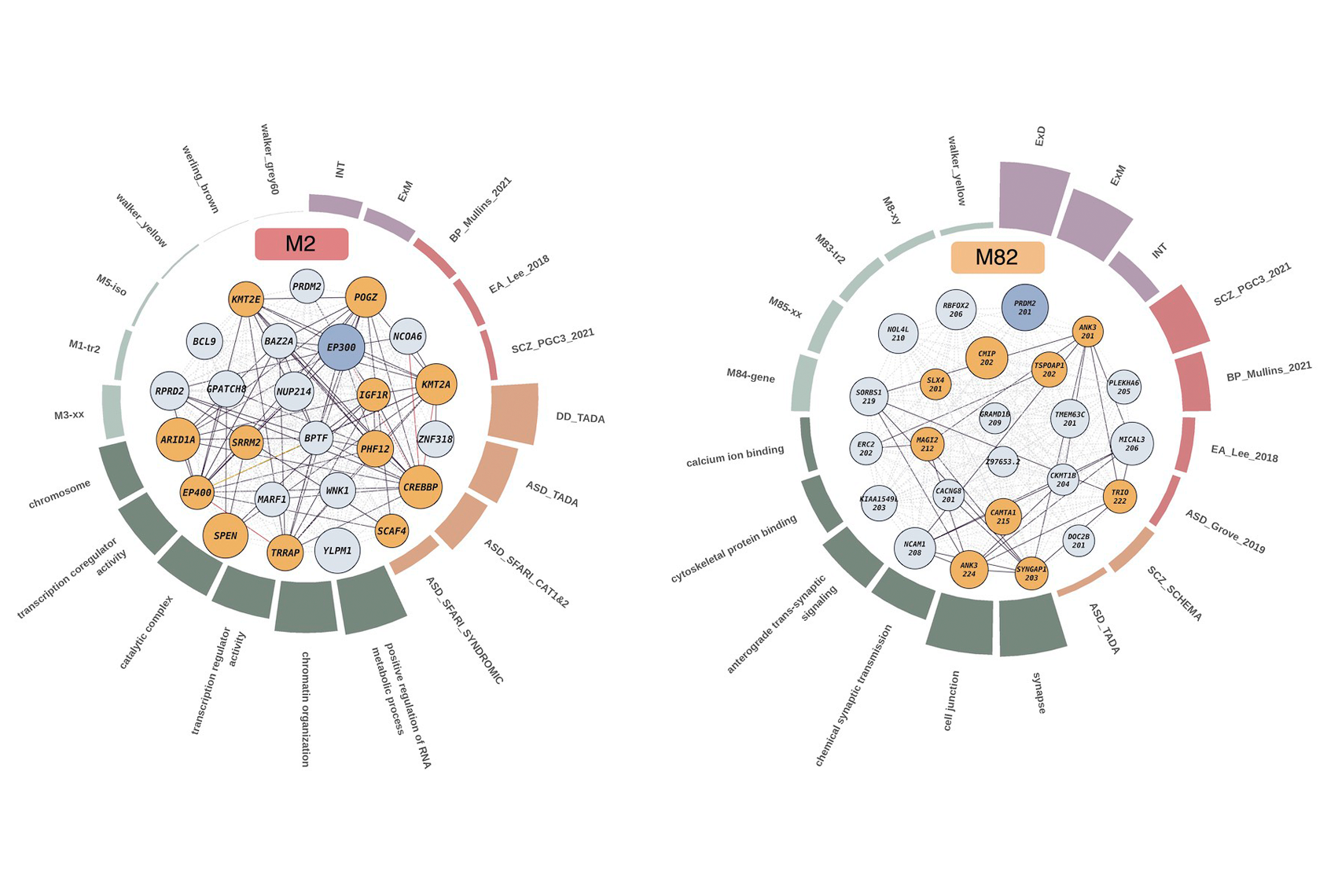
Atlas of gene activity in prenatal brain holds clues to autism
Genes exert their strongest influence on the brain in the first half of gestation — a key window for autism and other neurodevelopmental conditions.
The future of autism therapies: A conversation with Lilia Iakoucheva and Derek Hong
If a therapy for autism’s core traits makes it to market, it will likely take one of three forms, the researchers say.

The future of autism therapies: A conversation with Lilia Iakoucheva and Derek Hong
If a therapy for autism’s core traits makes it to market, it will likely take one of three forms, the researchers say.
Mapping genetic influences on the infant brain: A chat with Rebecca Knickmeyer
Researchers know little about the ways genetic variants affect development in the infant brain. Knickmeyer, who launched the Organization for Imaging Genomics in Infancy, has spent the past five years trying to close the gap.
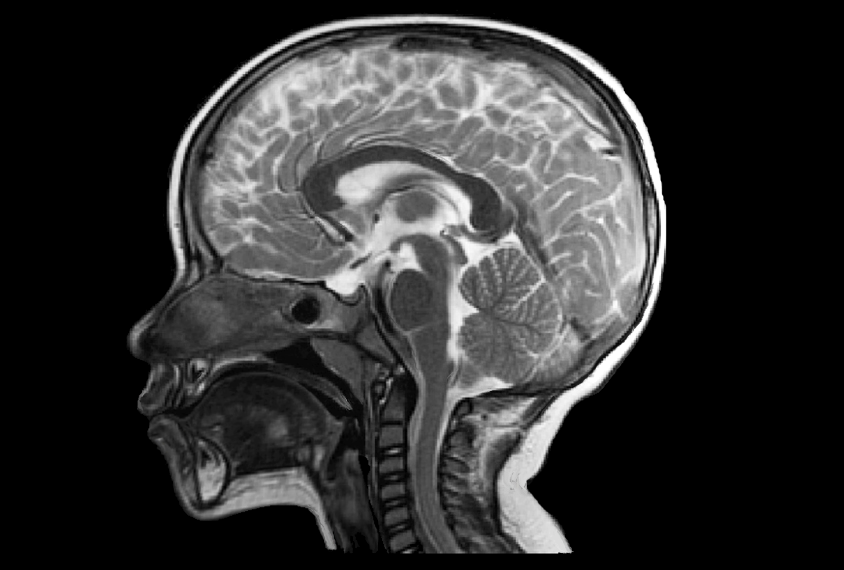
Mapping genetic influences on the infant brain: A chat with Rebecca Knickmeyer
Researchers know little about the ways genetic variants affect development in the infant brain. Knickmeyer, who launched the Organization for Imaging Genomics in Infancy, has spent the past five years trying to close the gap.
Africa’s genomic role: Q&A with Conrad Iyegbe and Niran Okewole
Psychiatric genomics promises to shed light on the genetic basis of autism, but it’s vital to include Africa in this research, Iyegbe and Okewole say.
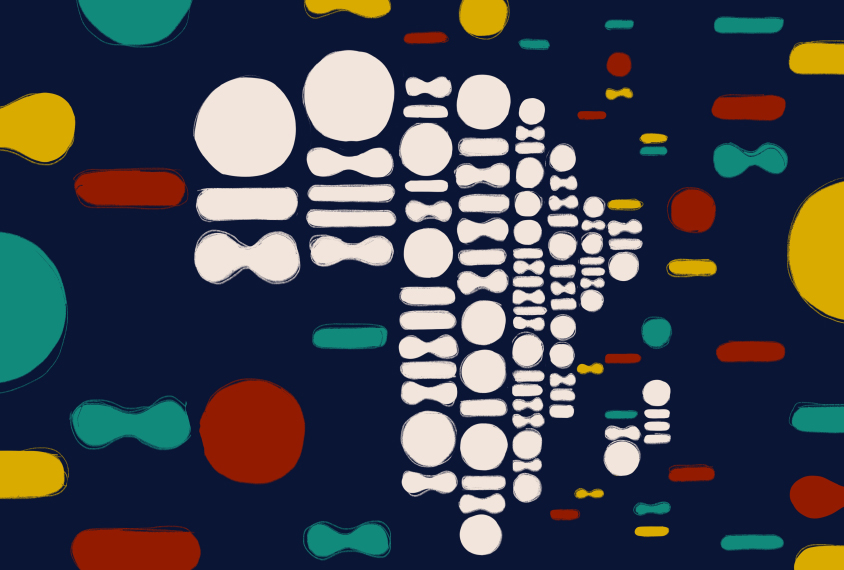
Africa’s genomic role: Q&A with Conrad Iyegbe and Niran Okewole
Psychiatric genomics promises to shed light on the genetic basis of autism, but it’s vital to include Africa in this research, Iyegbe and Okewole say.
Autism’s genetic heterogeneity evident in brain connectivity patterns
The results highlight the importance of subgrouping study participants based on their underlying genetics, the researchers say.
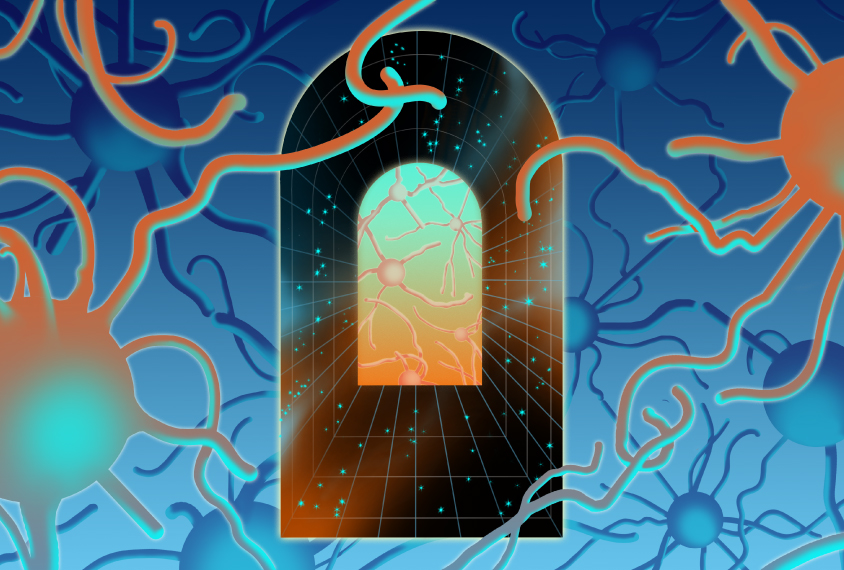
Autism’s genetic heterogeneity evident in brain connectivity patterns
The results highlight the importance of subgrouping study participants based on their underlying genetics, the researchers say.
Mutations disrupting chromatin interactions contribute to autism
The mutations occur spontaneously in noncoding stretches of DNA that control gene expression.
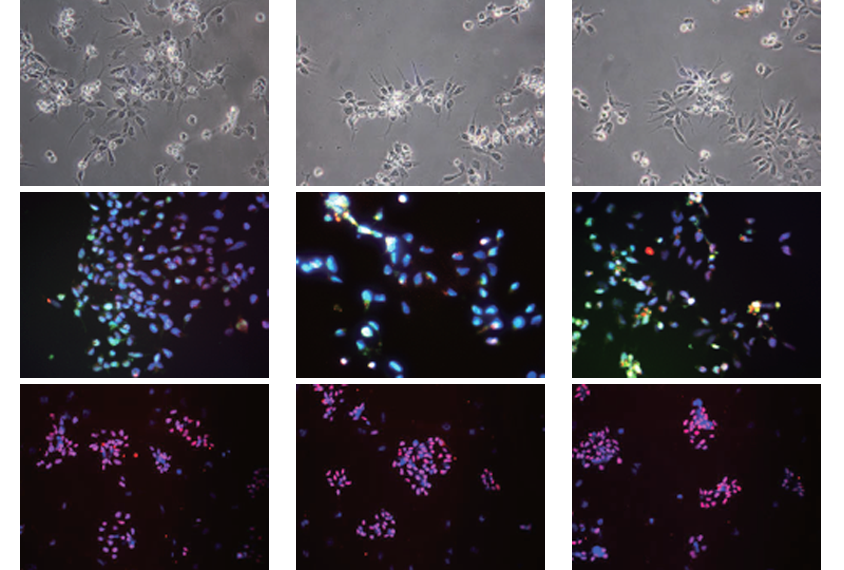
Mutations disrupting chromatin interactions contribute to autism
The mutations occur spontaneously in noncoding stretches of DNA that control gene expression.
Explore more from The Transmitter
Developmental delay patterns differ with diagnosis; and more
Here is a roundup of autism-related news and research spotted around the web for the week of 14 April.

Developmental delay patterns differ with diagnosis; and more
Here is a roundup of autism-related news and research spotted around the web for the week of 14 April.
‘Natural Neuroscience: Toward a Systems Neuroscience of Natural Behaviors,’ an excerpt
In his new book, published today, Nachum Ulanovsky calls on the field to embrace naturalistic conditions and move away from overcontrolled experiments.
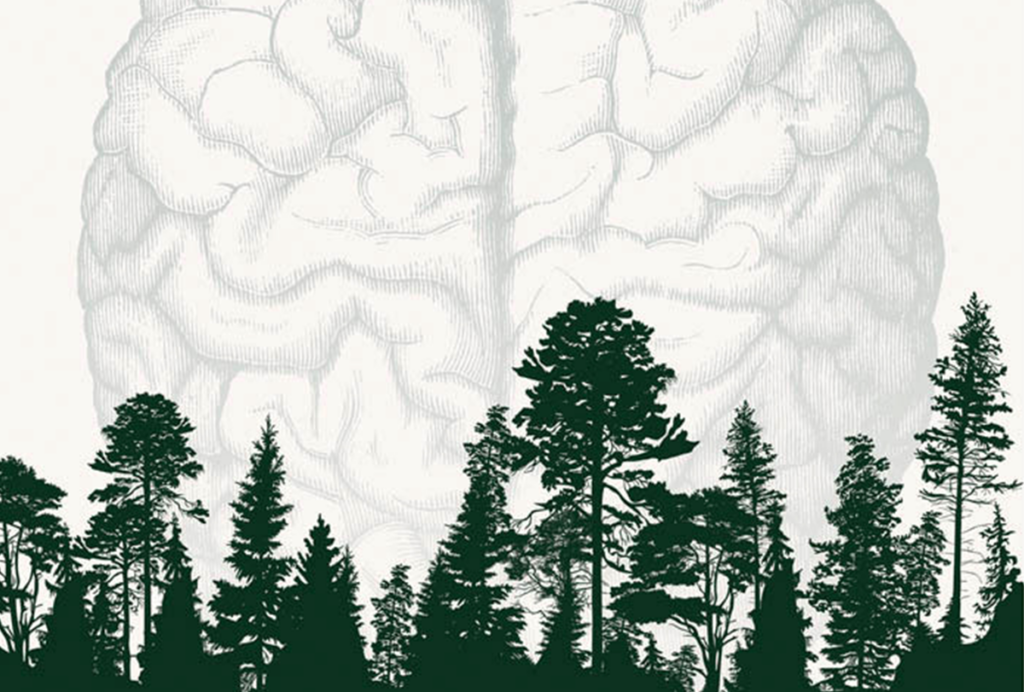
‘Natural Neuroscience: Toward a Systems Neuroscience of Natural Behaviors,’ an excerpt
In his new book, published today, Nachum Ulanovsky calls on the field to embrace naturalistic conditions and move away from overcontrolled experiments.
Functional MRI can do more than you think
Recent technological advances provide a range of new and different information about brain physiology. But taking full advantage of these gains depends on collaboration between engineers and neuroscientists.
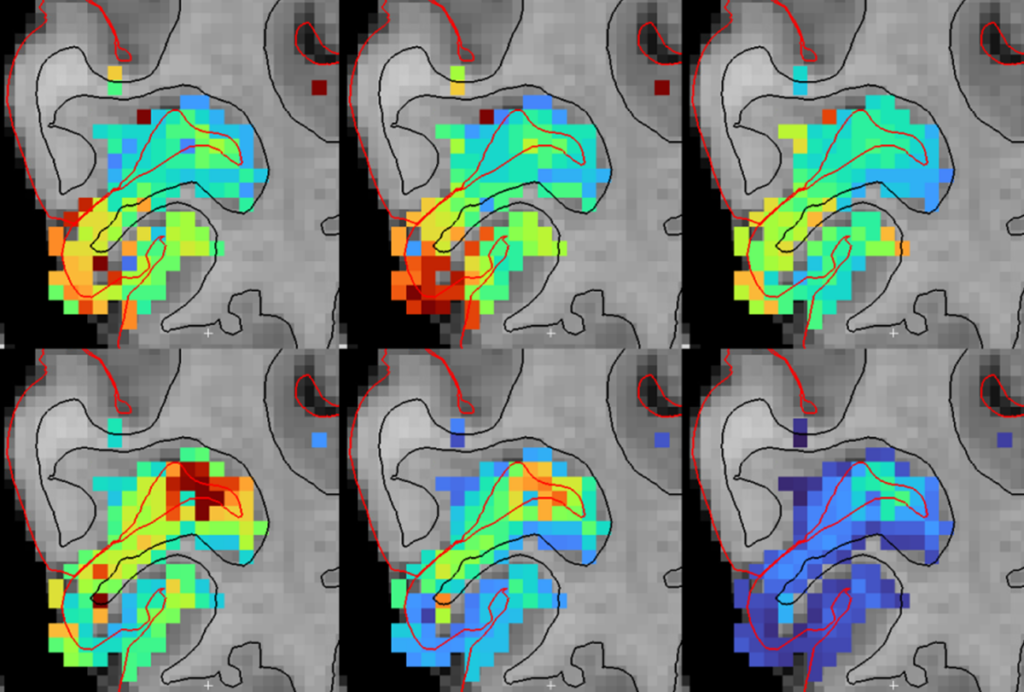
Functional MRI can do more than you think
Recent technological advances provide a range of new and different information about brain physiology. But taking full advantage of these gains depends on collaboration between engineers and neuroscientists.